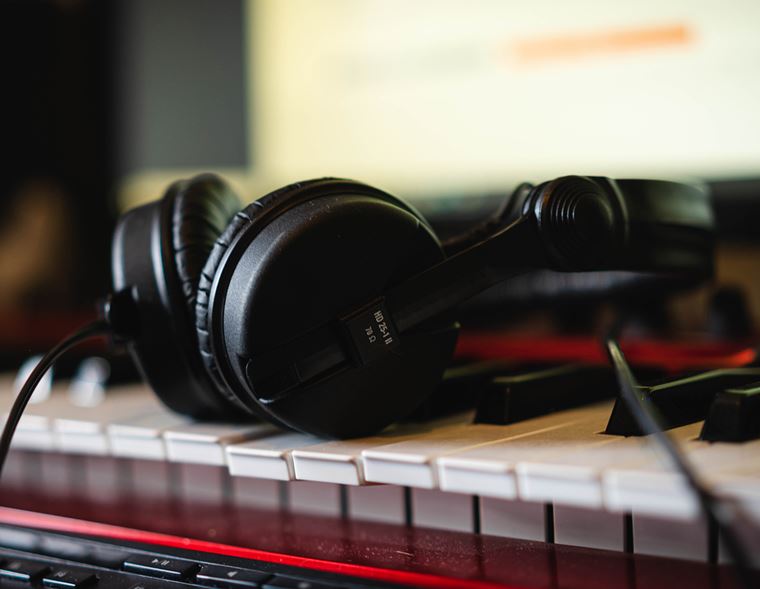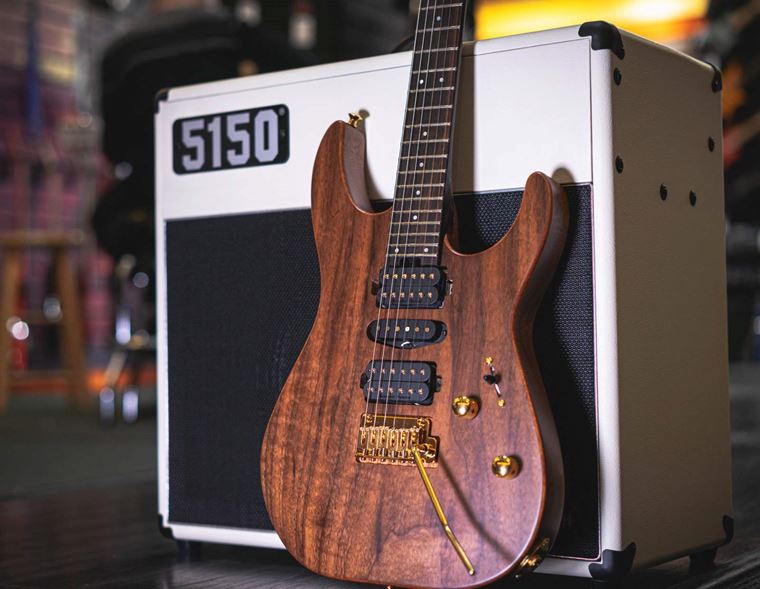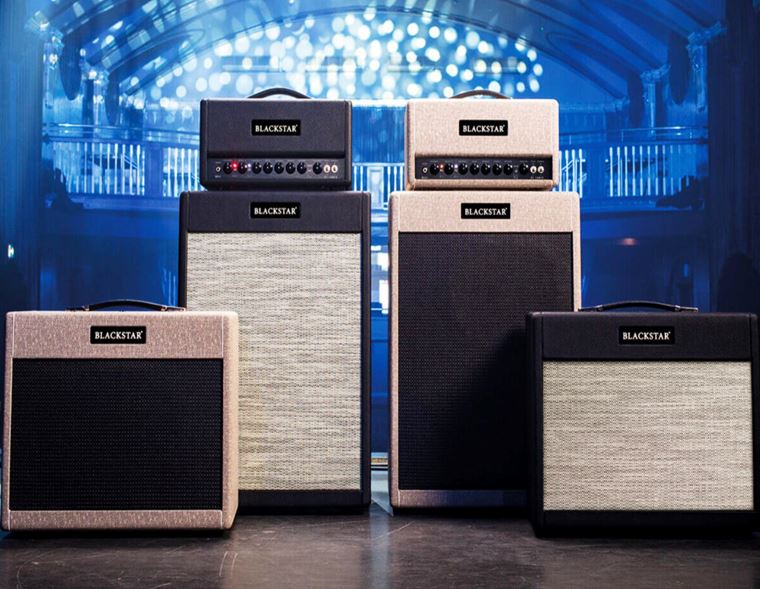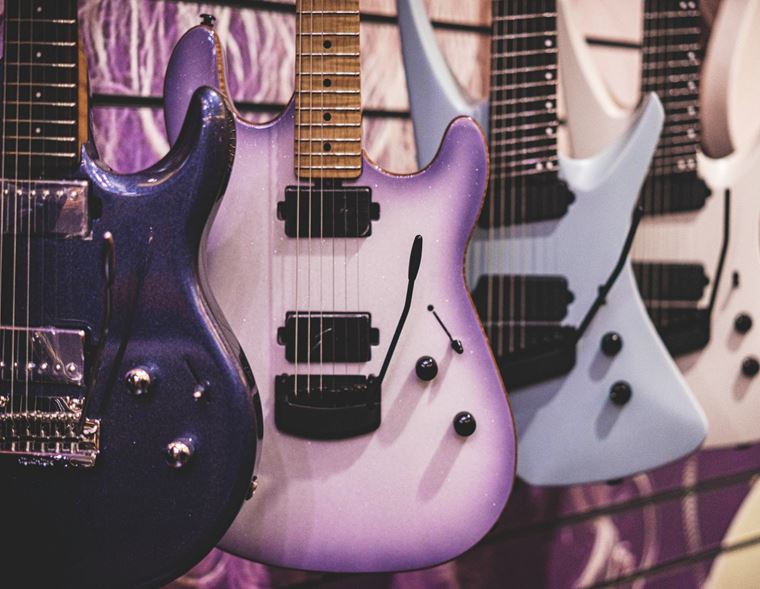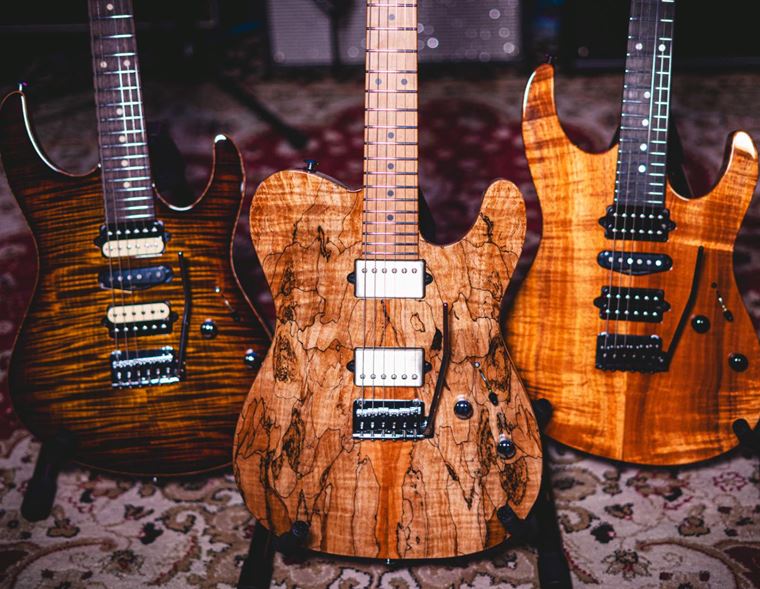What is Sampling in Music?
Published on 01 April 2024
Sampling. Genres like hip hop, industrial and trip hop wouldn’t exist without it, but what is it? What is a sample? What’s a sampler?
I’ll tell you today, in layman’s terms. As a musician, I’ve been sampling for years and using those samples in my own music, so I’m very familiar with the concept and the culture. I’ll break this subject down for you and throw in some examples to illustrate what I’m talking about.
Are you ready to become a sample master? Let’s get to it!
Contents
What is a Sample?
A sample, in its simplest terms, is a piece of audio that has been recorded and used in a particular context. As we’ll see, there are many different forms that samples can take, from pieces of somebody else’s song (a sample of a bassline, say, used in a different song), to audio from movies (there is an occasional trend for movie dialogue to be snipped from its source and put into songs) to entire instruments being made out of samples, such as current day drum software. In this instance, each drum is sampled a number of times from a ‘real’ kit and the results are made into virtual instruments that have velocity and pitch values, just like hitting a physical drum.
These are all different examples of what a sample is in modern recorded music. Some are intended to be obvious, some are very subtle and others are supposed to fool you into thinking they are ‘real’, but they are samples nonetheless.
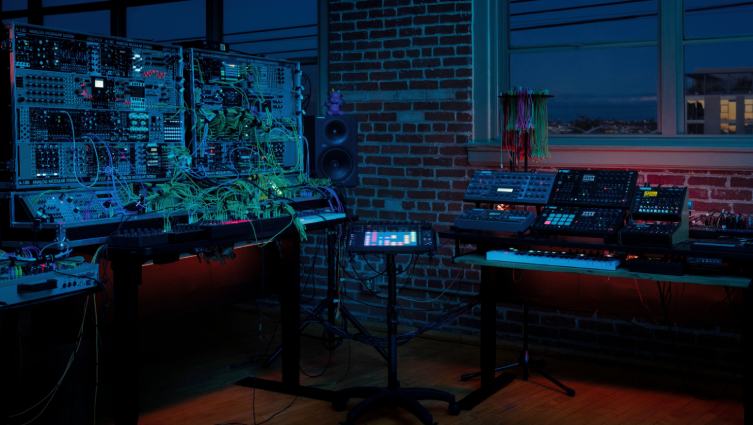
What is Sampling?
‘Sampling’ is the process of creating samples from existing sounds and repurposing them into new contexts. The ‘sample’ is the audio itself and ‘sampling’ is the act & process of creating this audio. There are many ways to achieve this, and I’ll go into that just below. A ‘sampler’ is a device that is often used to create these samples. A sampler can look like a few things, from a rack-mounted studio box to a desktop unit with pads on it, to a more portable version with buttons and so on. Many of these devices (Akai MPC models are the most famous by a mile) include sequencing software to let you arrange your samples into a linear order and begin to make songs.
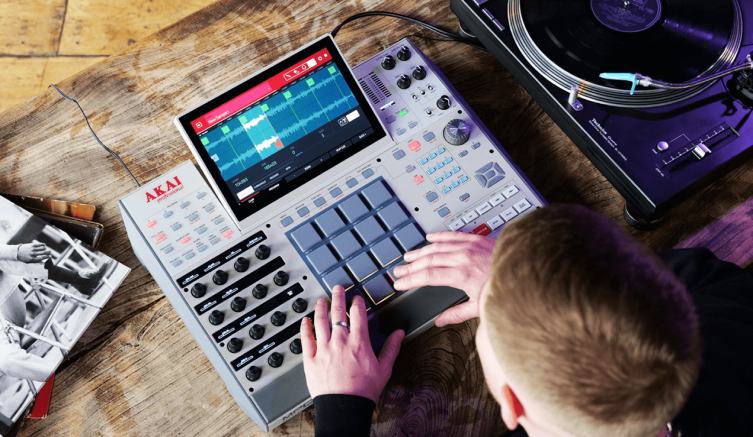
That said, nowadays, you don’t need a physical hardware sampler in order to create samples: sampling software is easy to find for today’s computers, and because technology is so much more powerful than in the past, software samplers (such as ‘Simpler’ on Ableton, for example) are actually much more sophisticated than the expensive Akai samplers of the 80s.
How Did Sampling Come About?
Sampling as a technology was actually created by Mike Matthews, who some of you will know as the head honcho of Electro Harmonix. He created the tech in the 70s and sold it on to Akai, who began developing their MPC (originally MIDI Production Center, nowadays Music Production Centre) workstations in the late 80s. Roger Linn (of LinnDrum fame) was involved early on, and the devices were quickly taken on by rap, hip hop and electronica artists.
The grid-like way of structuring samples is very similar to how these artists would’ve been already using their drum machines and 303 synths, so it was easy to incorporate the MPCs into such set-ups. This is when we’d start to hear sampled drum beats - often from old funk vinyls that musicians had in their collections - and other usable elements.
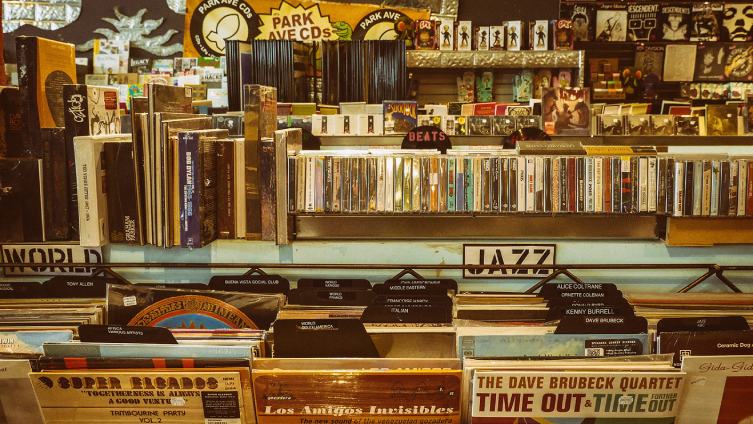
After that, the floodgates opened and sampling became a new musical art. Sampling certainly changed music, and we’ll check out some examples soon, but for now, here’s a comparison for you. The first video below is Train in Vain by The Clash and the one directly underneath it is Stupid Girl by Garbage, who sampled the drum part at the beginning of the Clash tune. Can you hear it?
How do I Make a Sample?
There are a few ways you can make a sample, and without going into a step-by-step tutorial, these are roughly the methods:
A hardware sampler (Akai MPC, Roland SP etc) lets you connect record players, CD players etc and it’ll record the audio that you want to sample, let you edit it (snip away unwanted bits of sound), store it in its memory and allow you to replay it. As I mentioned earlier, most of these hardware samplers also have sequencing functions to make these samples into more structured songs.
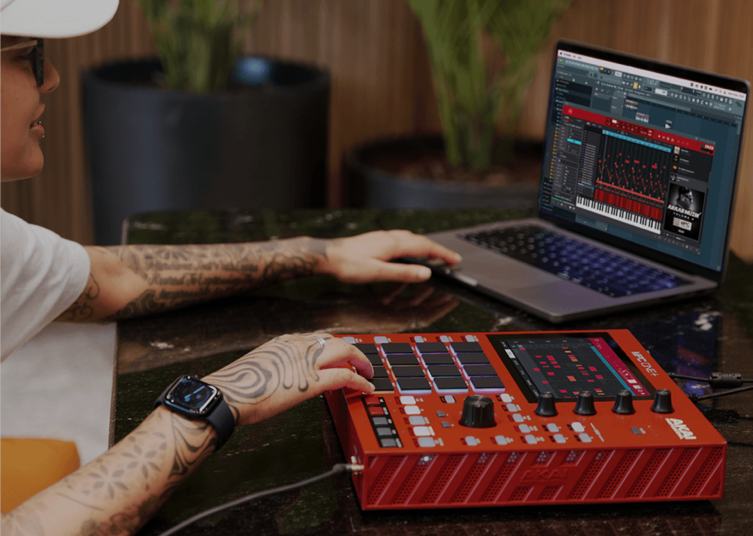
The most effective samples - if you’re taking other pre-recorded music as your source - are made when a single instrument is playing on its own. Too many background instruments in a sample ruins what you’re trying to do, which is put that sound into a different context. This is why songs with drum intros are always getting sampled! The famous ‘Amen Break’ is a tune called Amen, Brother, by the Winstons. It’s not a famous tune in and of itself, but that drum part has been sampled over two thousand times, on countless hit songs!
A software sampler will do much the same as a hardware sampler, and you can source your audio from anywhere online or from files that you may already have. Because it’s already on your computer, these samplers are perhaps the most widely used.
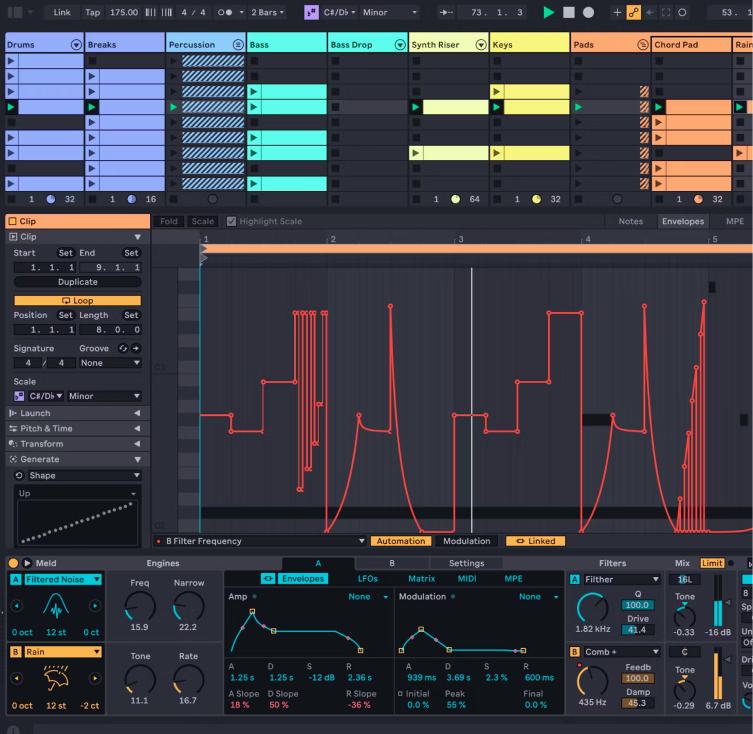
You can also use your phone or a handy recorder to literally record any interesting sounds that you hear when you’re out and about. Email these or otherwise upload the sounds to your computer and then manipulate them via sampling software.
Sampling in Music
Sampling was at its hugest in the late 80s and early 90s, when the technology was brand new. At that point, the law was pretty hazy on the legality of the whole situation, and so there was a lot of creativity using samples as a result.
Samples meant that musicians could use amazing sounds in their recordings that they had no other means of achieving. For example, inner-city musicians without the means to find a drummer to then pay to play their songs in an expensive studio could now grab a few seconds from an old James Brown record and have something professional sounding to work with.
By that same token, artists with no way to afford a synthesizer could sample an anonymous second or two from a Kraftwerk record, change the pitch, stretch it out and have a whole new sound to use in their own music.
Some artists have been able to create entire songs (and albums!) of original music, without ever playing an instrument for themselves. This is normal in hip hop, with everybody from N.W.A. to Jurassic Five re-using and re-contextualizing elements of other people’s music in their own tracks. Sometimes, you can listen to a song for years without noticing a very obvious sample, and then one day it just clicks! I wonder if you know where DJ Shadow got his main sample for this tune (below) from?
Some people tried hard to conceal their sample’s origins (by either keeping them really short of manipulating their speed and pitch), but increasingly, samples would be quite obviously recognisable. This led eventually to lawyers getting involved and seeking repayment when particularly obvious samples were created without the original artists’ permission. One cheesy example would be the number one hit single Ice Ice Baby from Vanilla Ice, whose bassline bears more than a certain resemblance to Queen’s Under Pressure.
This is actually a good example, because it shows how the sample could be manipulated - ‘re-triggered’ in this case - to produce an extra note in the bassline, which the Queen original doesn’t have. Can you hear it? That’s just the producer hitting the trigger pad again to restart the sample. Easy, but clever and effective!
Some Fun Examples of Sampling
Loads of songs that you already know and love might well have samples in them. Shall I throw down a few examples here? Oh, alright then…
First up is The Fugees’ Ready or Not, which has that haunted-sounding intro. You know it?
Well, that instantly identifiable piece of the tune is in fact Boadicea, by Enya. Have a listen to the original below: you can’t fail to recognise it.
NYC rap megastars the Wu Tang Clan are committed sample-freaks. This is no surprise, given their gritty hip hop sound (the genre was built on MPCs!), but just for reference, have a listen to C.R.E.A.M. and then its source song, As Long As I’ve Got You by The Charmels.
Led Zeppelin's John Bonham was one of rock’s greatest drummers, and his iconic intro to When the Levee Breaks has been used loads of times. Here it is in Enigma’s Return to Innocence, which also contains a sample of a Native American vocalist. You can tell it’s not a pure performance, as it were, because the audio of his voice is exactly the same each time it appears in the song.
Madonna’s a great example from slightly more recently: the entire Hung Up tune is based around a very clear and direct sample off Abba’s Gimme Gimme Gimme (A Man After Midnight). Abba almost never give permission for people to sample them, but Madonna must’ve been an exception.
Beyonce’s megahit Crazy in Love is one of her signature songs for sure, but did you know that a LOT of that track is actually a sample of Are You My Woman (Tell Me So) by the Chi-Lites? Now you do!
The Prodigy’s Liam Howlett is an extremely creative sample-artist, and this tune was a number of really interesting production tricks elevating it. First of all, listen out for the ‘clashing swords’ sound within the main beat: that’s taken from a Wu-Tang song, who themselves actually got it from kung fu movie called Shaolin and Wu Tang!
Next, listen to the drums: it’s a sped-up sample of Thin Lizzy’s Johnny the Fox Meets Jimmy the Weed, mixed with a little of The Rill Thing by Little Richard!
There are more samples in that tune, but I think that’s enough to make the point that sampling can be very creative and original, and not always hugely obvious.
Trent Reznor from Nine Inch Nails is one of my favourite sample artists. Instead of pushing his samples up to the front of a mix, he modifies them and buries them within his tracks. Even after hundreds of listens, there are sounds that continue to reveal themselves, and this is one of them.
The Becoming, from the nihilistic masterpiece The Downward Spiral, has a very unusual texture around 2m47 and again at 4m28. The sound, sitting under some other unorthodox sounds, is actually a reversed and slowed down sample of actor Mickey Rourke from the movie Angel Heart. He’s yelling ‘I know who I am!’ in the film, and if you listen close, you’ll maybe notice it. It’s definitely in there!
This is a great example of sampling being used artistically in order to create something entirely new. (The Angel Heart clip is gory so YouTube won’t let me have it here, plus it isn’t backwards like on the track anyway!)
Mashups
‘Mashups’ are a fun blending of a couple of songs and making something new. It’s sampling taken to a certain extreme, but when it’s done right, it’s pretty excellent. Mashups can either splice together two tunes as samples or as a sampled backing for a new tune. Here are two interesting examples with a slightly different take on mashups.
First off, guitar players will immediately recognise Jimi Hendrix’s kick-ass guitar from Voodoo Child appearing on Jay-Z’s thunderous 99 Problems, which itself already contains 6 samples from the likes of Billy Squier, Wilson Pickett and Ice-T!
If that wasn’t ‘meta’ enough for you, how about this one? It’s the Sugababes covering Adina Howard’s Freak Like Me and using a very clear Gary Numan/Tubeway Army sample (two actually, for the verse and chorus) to practically write a new song with the melody of one song over the music of an entirely different one. Hey, it works!
Is Sampling Legal?
Sampling is legal if you get permission from the artist and label you’re sampling from. It can become very expensive for you if you steal someone’s music without their express permission though! Streaming sites need info on that before your tracks are approved, so it doesn’t pay to be sneaky.
In the early days, sampling was a legal grey area, but those days are long gone. Remember, though: you don’t have to automatically sample another artist’s song. Samplers are powerful devices and the only limit to their use is your imagination! Sample everything and see what ends up sounding cool!
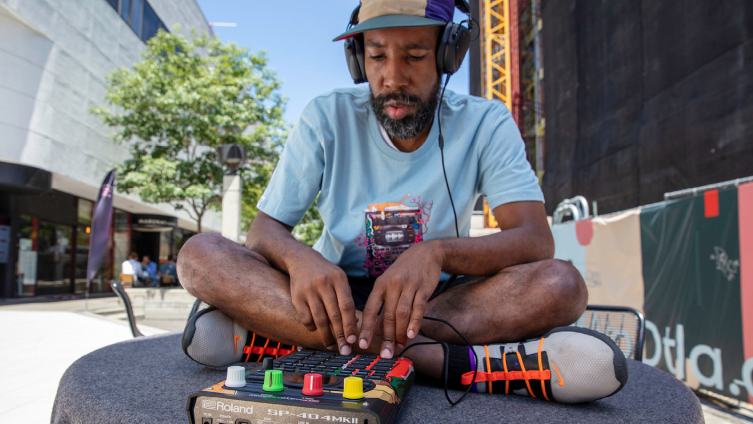
Sampling Today
Sampling is easier than ever, thanks to powerful computers. Whilst the regulations in place make sampling other artists’ music either illegal or expensive (or both), you can always look at everyday sounds as potentially new instruments, thanks to what the sampler can offer.
In today’s music, so much of any production is done ‘in the box’ using software plugins, that finding textures and tones via your own sampling practice can make your work really stand out.
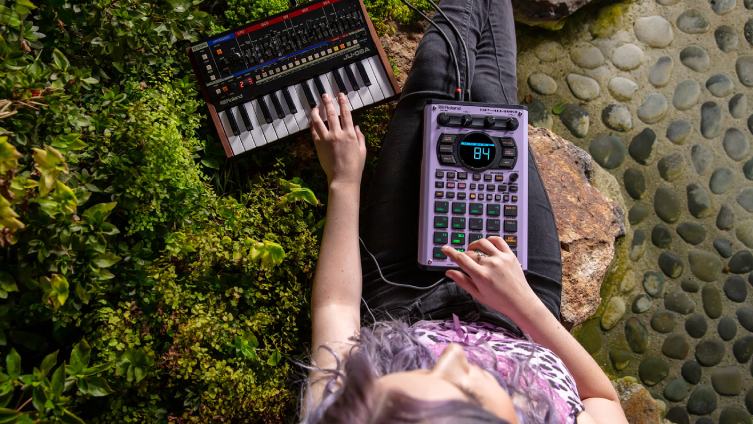
By all means, each one of us uses multi-sampled drum programs and so on in our recordings, but going further and splicing in sampled pieces of manipulated and treated ‘found sounds’ could give your productions an edge that most people currently aren’t doing. It seems like we have every sound in existence at our fingertips, but in reality, there’s a whole universe of sound just waiting for your ideas and a sampler! Go out there and be creative!
Click to View our Selection of Hardware Samplers



